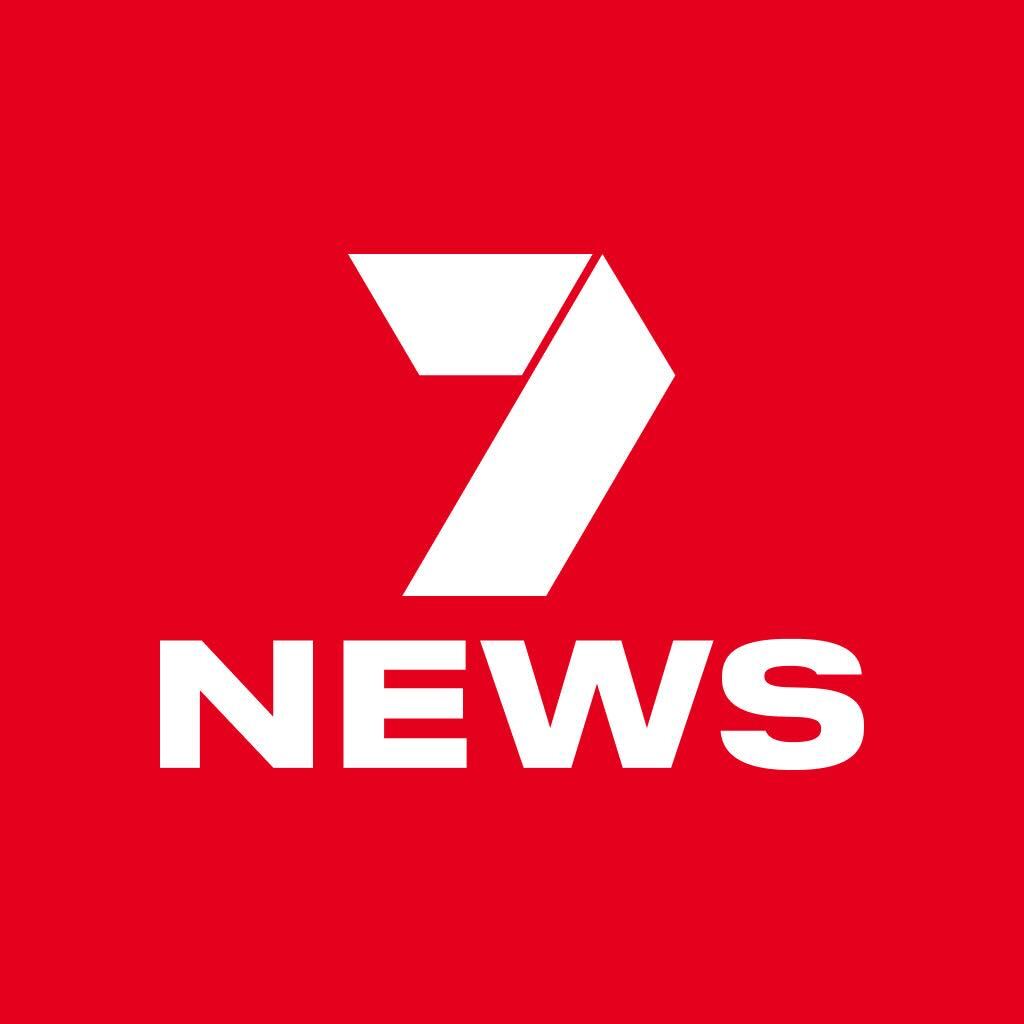Millions of Australian households are set for a fresh round of mortgage relief after the Reserve Bank slashed the official cash rate for a third time in 2025.
A month after bucking predictions and keeping the cash rate unchanged at 3.85 per cent, the RBA’s monetary policy board emerged from its August meeting on Tuesday to reveal it had moved the dial down 25 basis points to 3.6 per cent.
It is the first time since early 2023 that the cash rate has sat at this level.
Know the news with the 7NEWS app: Download today
Should lenders pass the cuts on in full, variable mortgage holders with a $600,000 loan could see their minimum monthly repayments drop by $89.
“With underlying inflation continuing to decline back towards the midpoint of the 2 per cent to 3 per cent range and labour market conditions easing slightly, as expected, the board judged that a further easing of monetary policy was appropriate,” the RBA board said of its unanimous decision.
Tuesday’s announcement comes after the RBA cut the cash rate from 4.35 per cent in February, the first time it had trimmed it in four years, and again in May, from 4.1 per cent to 3.85 per cent.
Taking all three cuts into account, a decline of 75 basis points since the start of the year, Australians borrowing $600,000 will now be saving $272 every months, according to Canstar.
The board said “uncertainty in the world economy remains elevated” but the “more extreme outcomes” from US tariffs and the global response to them “are likely to be avoided”.
Domestically, the board said private demand looks to be recovering gradually, real household incomes have picked up and “some measures of financial conditions have eased”.
“Various indicators suggest that labour market conditions remain a little tight, although have eased further in recent months,” the board said.
Treasurer Jim Chalmers said the rate cut “will make a meaningful difference to millions of mortgage-holders around the country”.
How many more rate cuts are on the cards?
Oxford Economics Australia economic research and global trade head Harry Murphy Cruise said the RBA “got the green light to cut two weeks ago”, with headline inflation dropping to 2.1 per cent and trimmed mean to 2.7 per cent.
“Both are at their lowest since 2021,” Cruise said.
“Beyond inflation, recent data has been mixed. Unemployment has jumped, strengthening the case for cuts.
“At the same time, robust household spending shows some families can still find room for discretionary purchases.
“In the end, prices and jobs trump everything else.
“With good news on inflation and bad news on unemployment, more easing is warranted.
“We expect the RBA to move more slowly than markets anticipate. Where markets expect two more cuts this year, we see just one — likely in November, after the Q3 inflation release.”

Betashares chief economist David Bassanese said there is a chance of a rate cut in September but one in November is “an odds on favourite”.
“If the (June quarter consumer price index report released in October) confirms annual underlying inflation has fallen to at least 2.6 per cent ... then I fully anticipate the RBA will cut rates to 3.35 per cent on Melbourne Cup Day,” Bassanese said.
“I then anticipate further rate cuts at the February and May policy meetings next year, taking the cash rate to a neutral/slightly expansionary level of 2.85 per cent.”
Monash economics lecturer Dr Isaac Gross said cooling inflation had provided the boost of confidence the previously “gun shy” RBA needed to slash the cash rate once more, and there could be more relief for borrowers.
“We should expect to see one or two more cuts over the rest of the year as inflation continues to moderate,” Gross said.
The Australian sharemarket extended gains following the rate cut announcement, while the local dollar, known as the Aussie, eased and was buying about 65 US cents at 5.35pm Sydney time.
Stream free on


